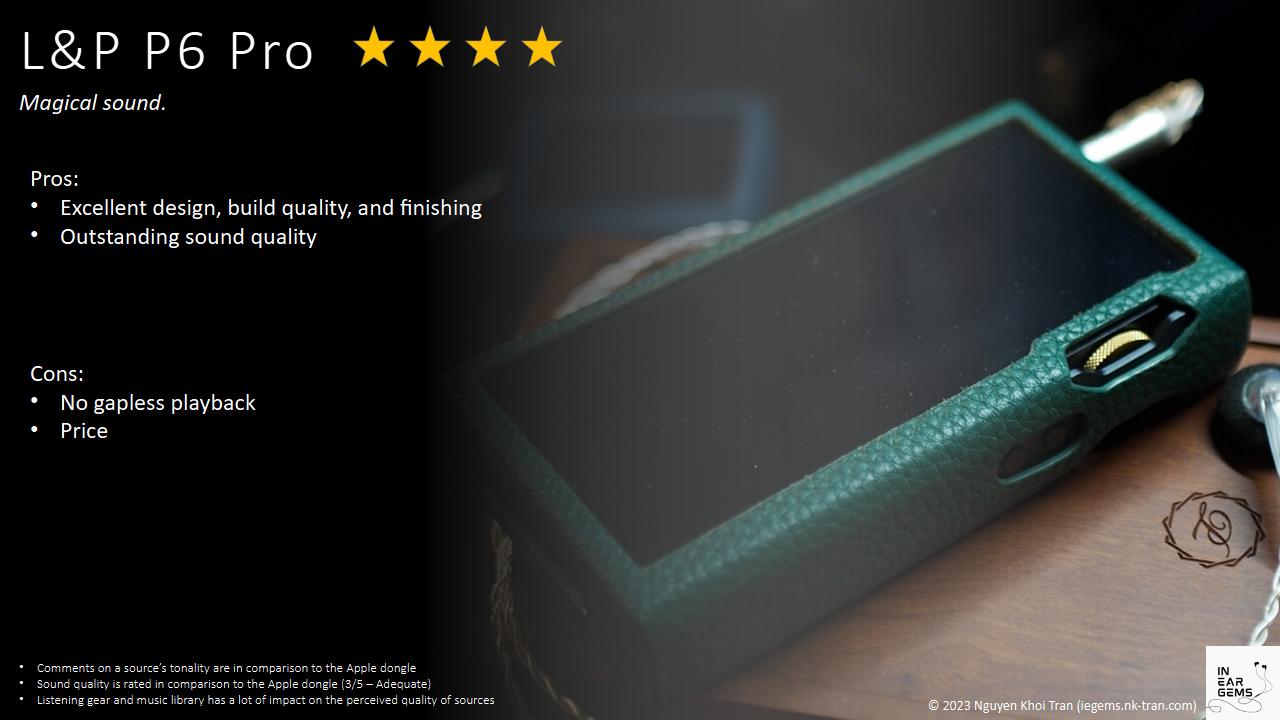L&P P6 Pro - Magical Sound
Ever since I fell down the personal audio rabbit hole, I have always been fascinated by a curious phenomenon: the enduring appeal of high-end (read: very expensive) digital audio players (DAP) amongst hardcore IEM fans. Today, we look at Luxury & Precision P6 Pro, a $3899 digital audio player (DAP), from the perspective of a sceptical IEM geek to understand this strange fascination.
If you want to listen instead of reading, please find the video review on YouTube below. Otherwise, read on, friends.
Preambles:
- In this review, I use the term “source” to denote a DAC+amp combo for brevity and convenience.
- Sources do not make sounds. Therefore, when I say sources “sound” a certain way, I talk about the change they make to my IEMs and earphones.
- I want my music to be crisp, clear, well-separated and form a 3D soundstage around my head. Sources that intensify those characteristics of my IEMs are considered “better”.
- This review is possible thanks to the Australian Head-Fi Tour arranged by @Damz87. The sample of P6 Pro will be sent to the next reviewer in the tour after this review.
Specs:
- Operating system: own system (not Android)
- Decoding chip: Discrete R-2R DAC equivalent to 16 PCM1704K chips
- Screen: 3.5-inch touch-sensitive IPS screen (480 × 320)
- Built-in storage capacity: 64GB
- Expansion interface: microSD, up to TB
- Wireless network: Wi-Fi 2.4GHz, Bluetooth 5.0 (LDAC, aptX HD, aptX, AAC, SBC)
- Support music formats: APE, AAC, ALAC, FLAC, WAV, MP3, WMA, DFF, DSF, AIFF, SACD-ISO et
- Highest sampling rate: PCM 24bit / 384kHz, DSD256
- Terminal: 4.4mm balance (PO / LO), 3.5mm unbalanced (PO / LO / SPDIF), USB-C (USB DAC)
- Output power: 5.2Vrms / 3.1Vrms ( Balanced), 3.245Vrms/1.55Vrms (unbalanced)
- Continuous playback time: about 15 hours (4,000mAh)
Non-sound Aspects
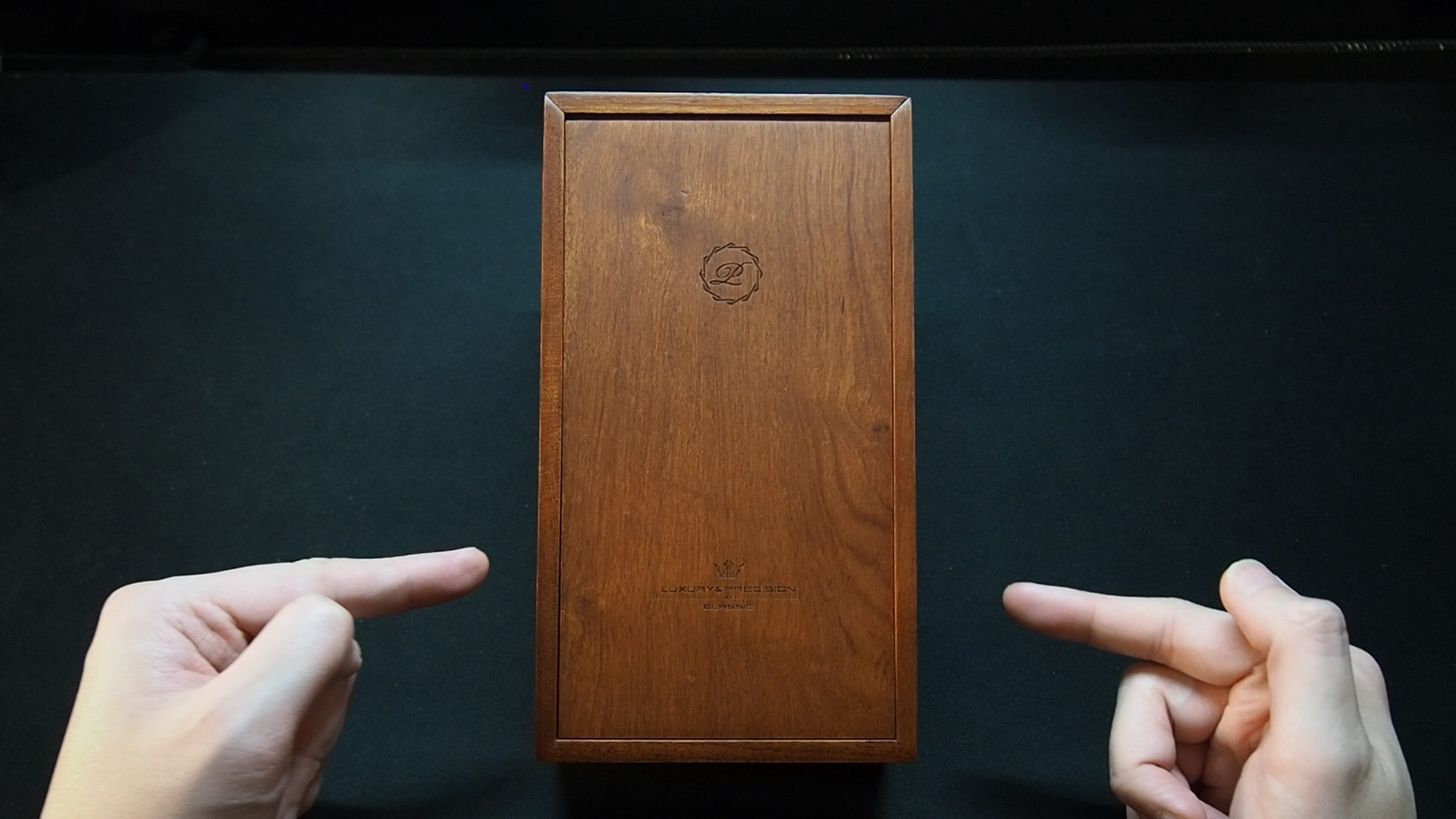

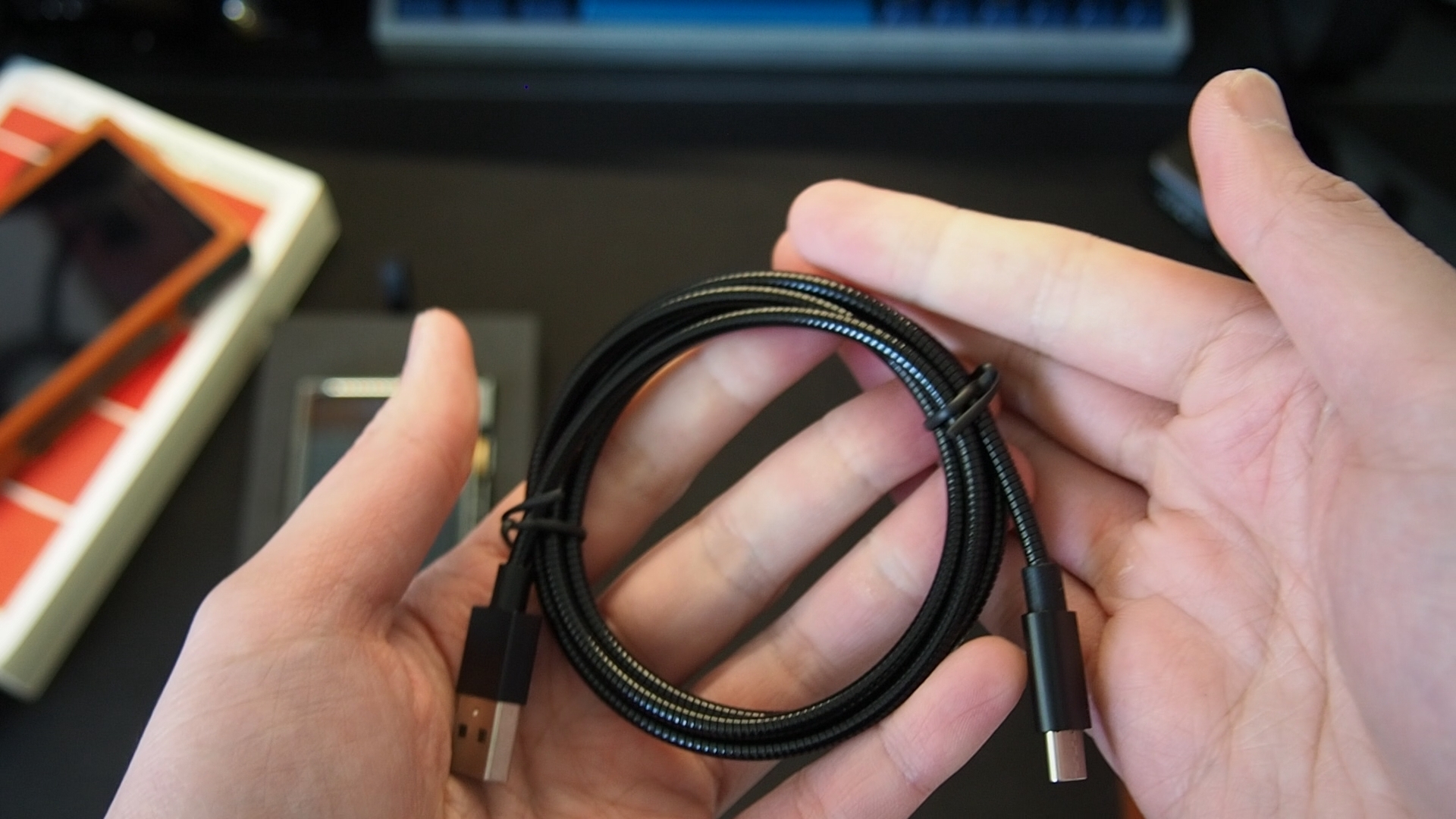
My first impression when unboxing the unit was luxury (and precision). The DAP comes in a heavy wooden box that feels great to the touch, looks luxurious and, thanks to the magnets, closes precisely with a satisfying snap. After removing a protective foam panel, you will find the luxurious DAP sitting on a layer of precisely cut foam. (Alright, alright, I’ll stop).
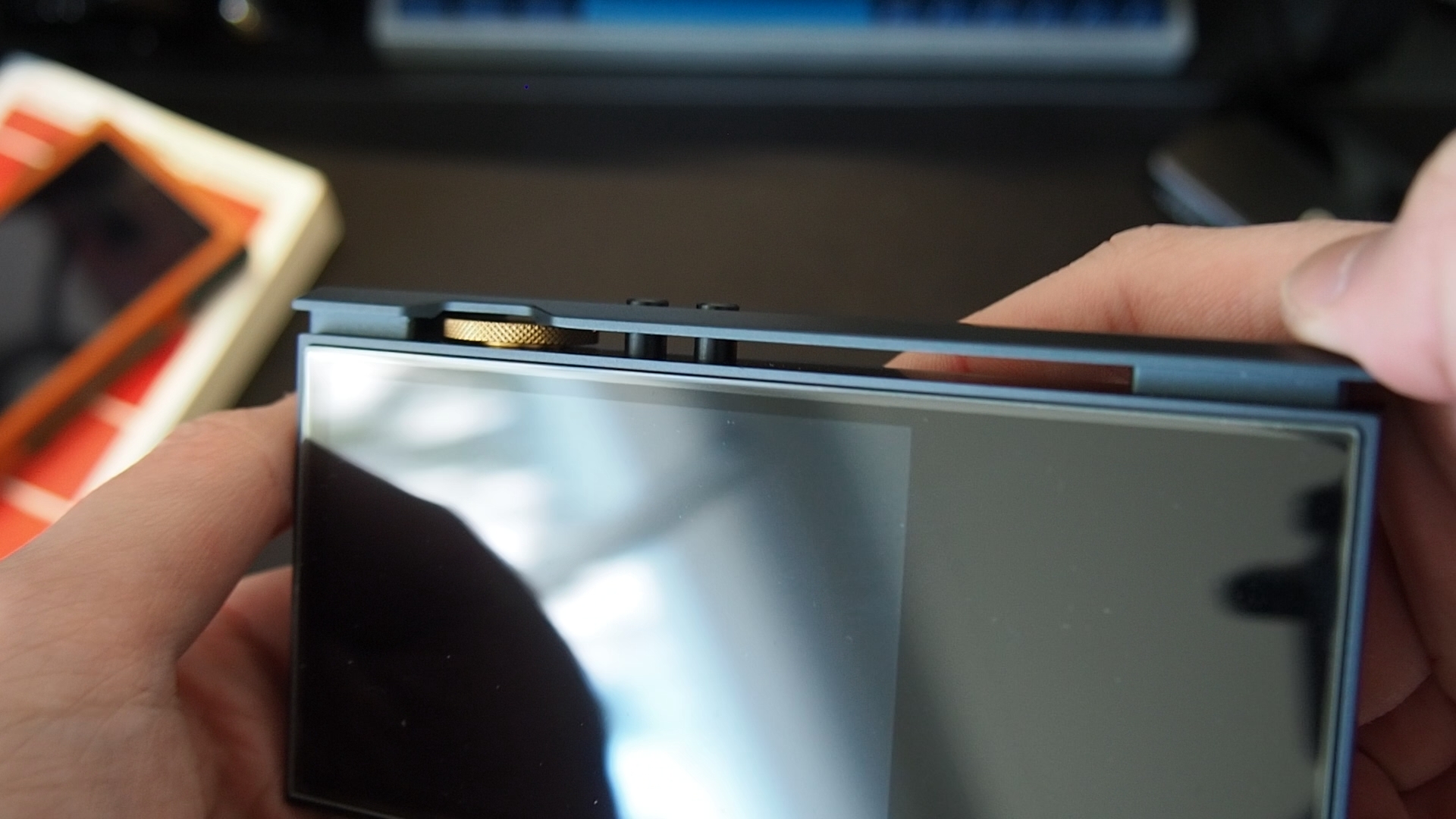
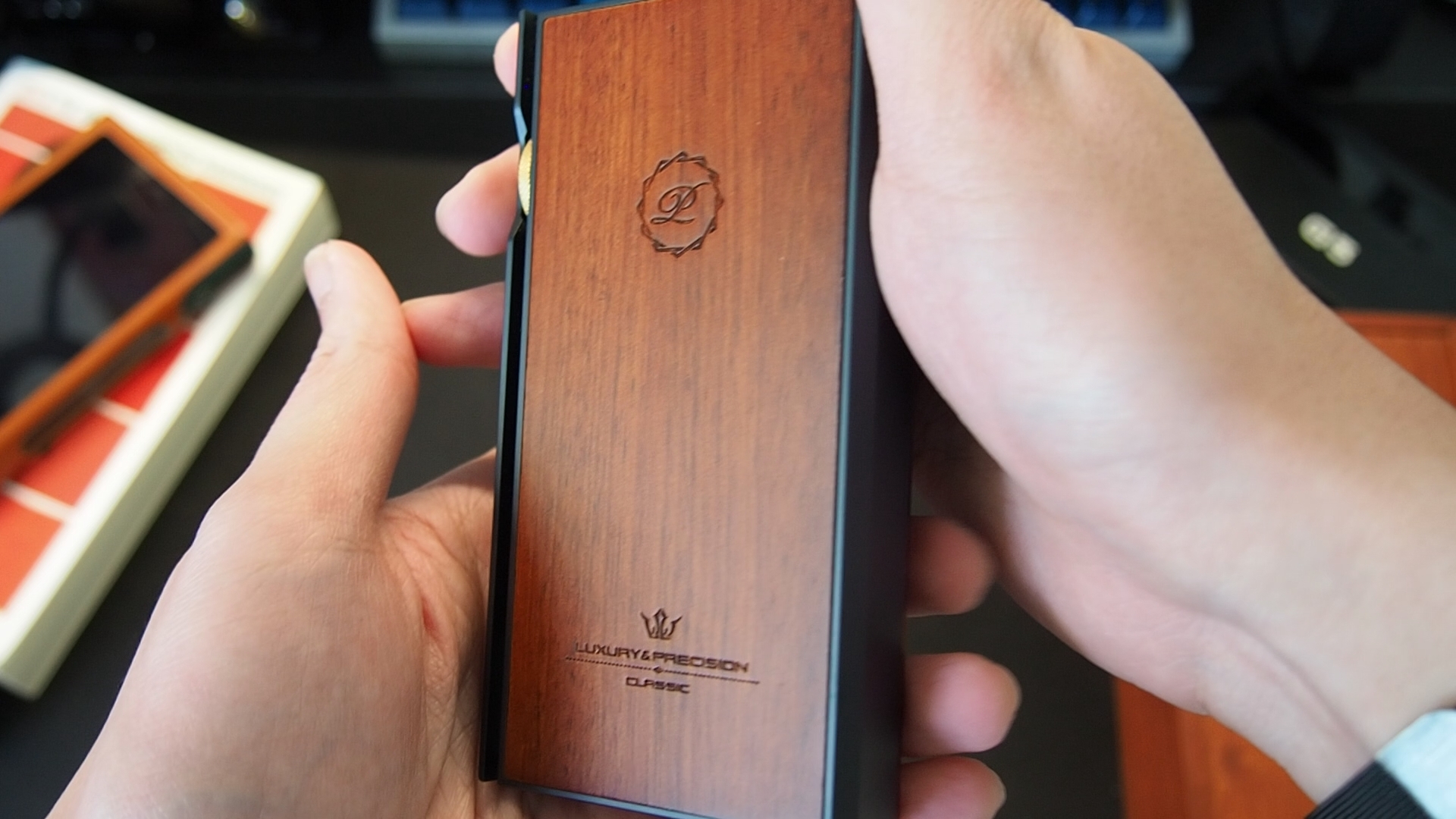
Joke aside, the DAP looks and feels like a luxury product rather than an electronic device. This impression might be due to the player’s wooden back plate and somewhat dated but classy design.

P6 Pro is surprisingly thick, yet small and light, compared to other medium-sized DAPs like Shanling M6 Ultra and HiBy RS6. Thanks to the size and weight, P6 Pro feels good in hands and is easy to control.
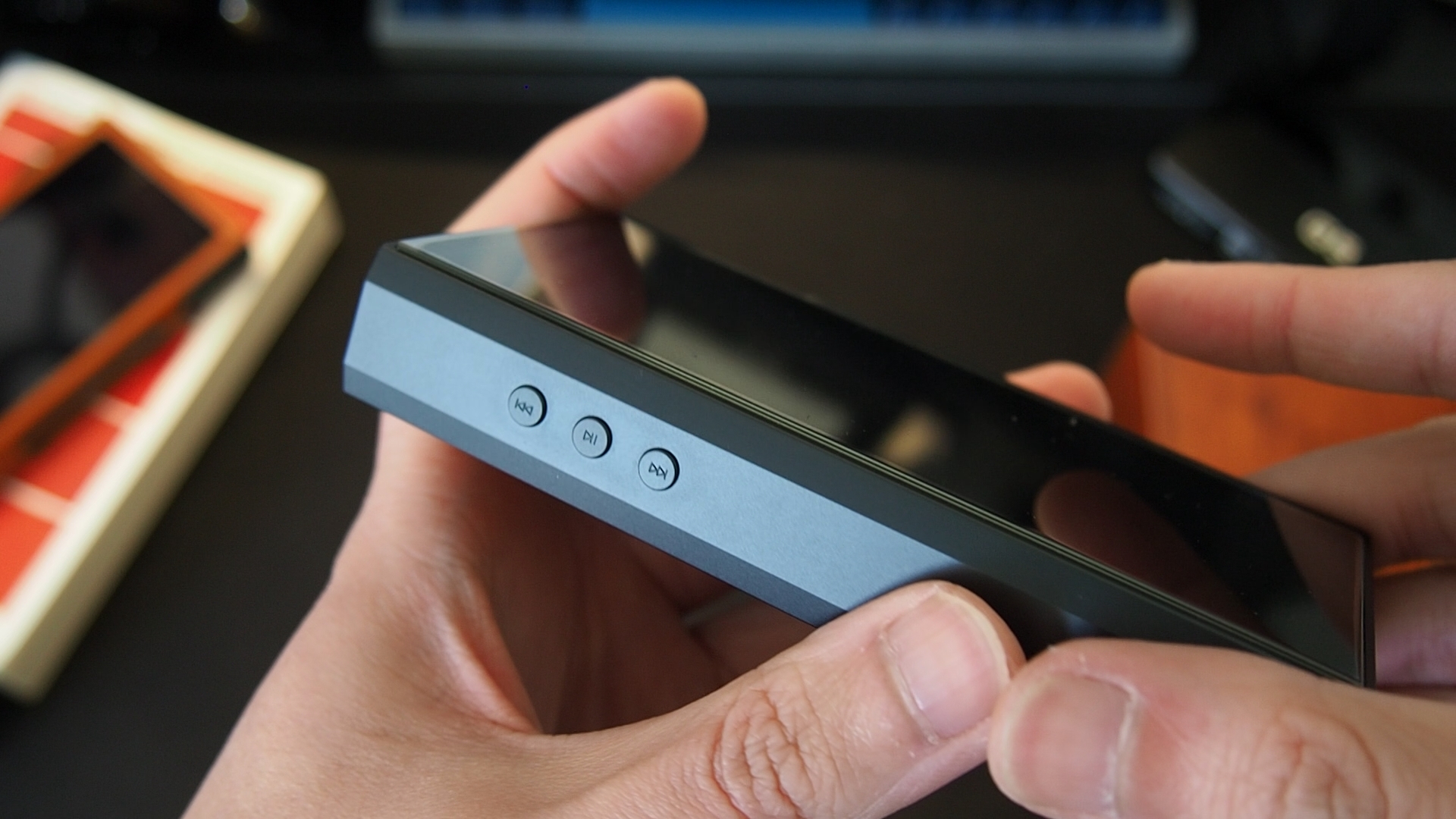
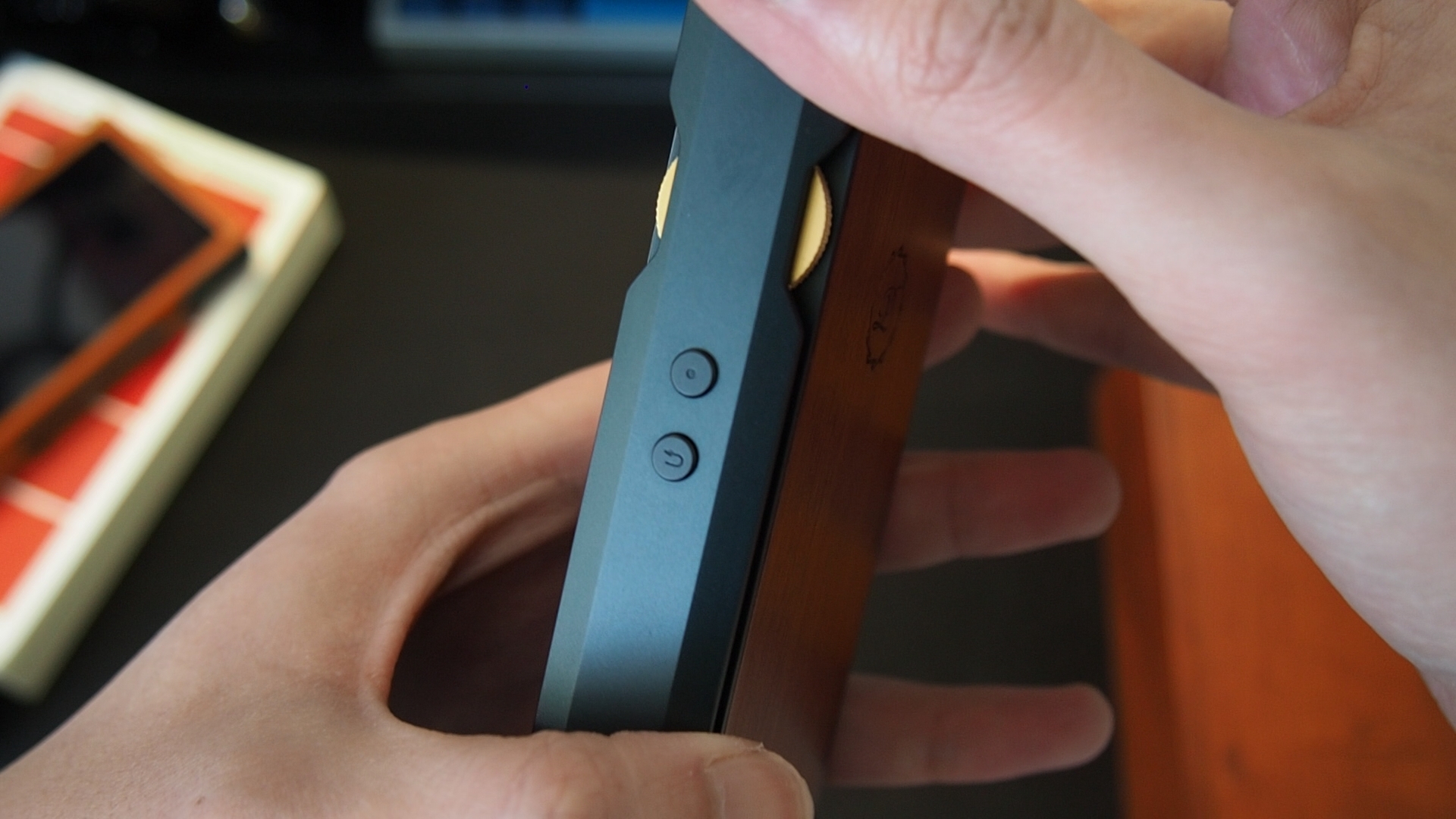
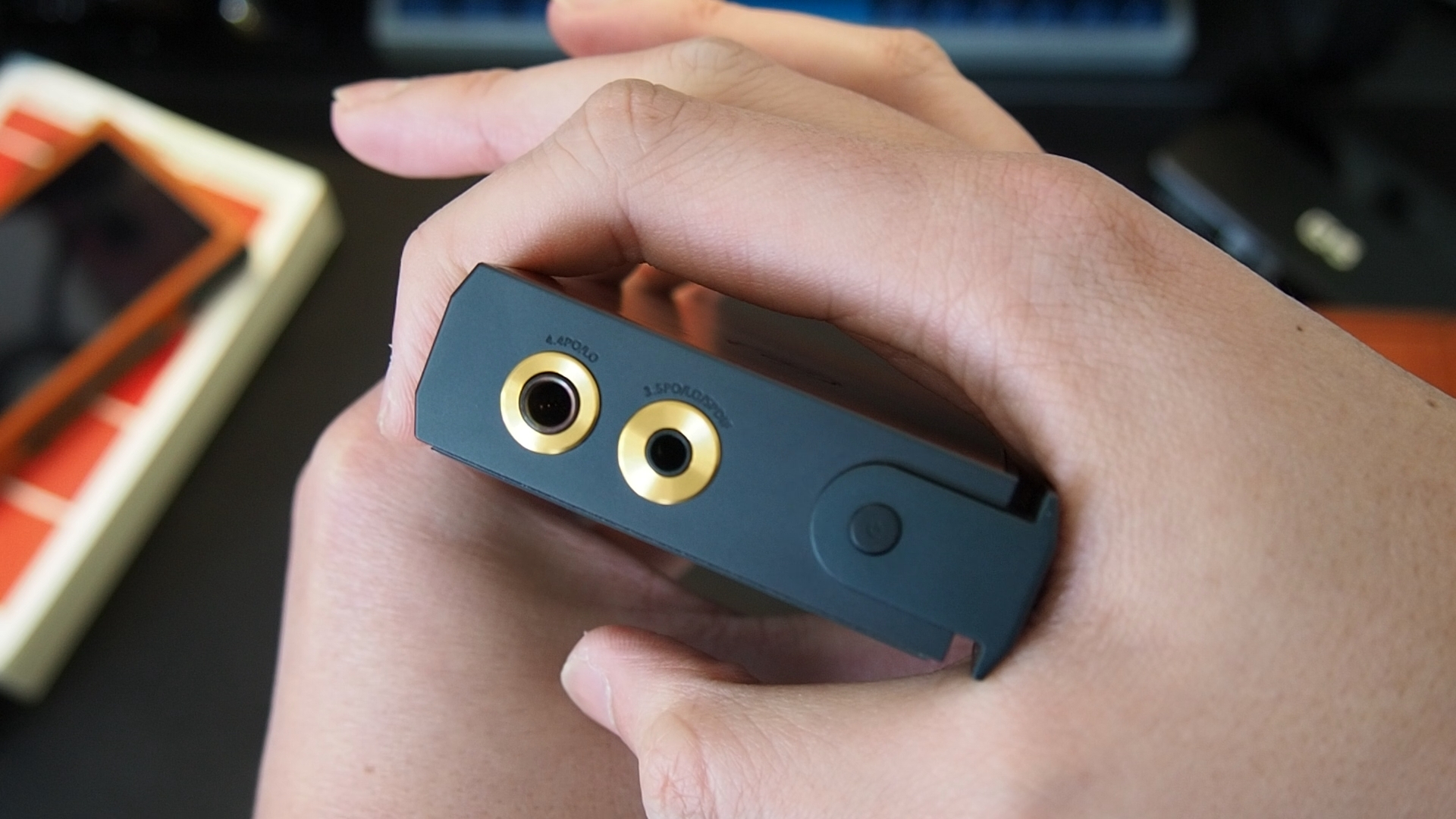
Like most modern DAPs, P6 Pro has physical playback control buttons and a touchscreen. Unlike other DAPs, you can also interact with the menus of P6 Pro using the volume wheels and two buttons on the player’s right-hand side.
The “somewhat dated” impression applies to the software of P6 Pro even more aptly than its hardware. The graphical user interface of P6 Pro mostly devoids of images besides the animated boot screen and the music player page. The lack of artwork in the album list is the most shocking omission.
That said, I enjoy the minimalistic software of P6 Pro because it allows me to turn on the device and start playing music within only a few seconds.
After booting the device, you are greeted with a grey menu with 8 options for resume playing music, browsing and updating your music library, and adjusting settings. The available settings are pretty basic. You wouldn’t find extensive parametric EQ or be able to customise the operation of the DAC beyond changing the digital filters. P6 Pro defaults to Non-Over-Sampling mode, which I prefer when using a device with R2R DAC.
You can use P6 Pro in a few ways:
- A standalone DAP. You just need to supply your favourite IEM and enjoy.
- A USB DAC+amp for your laptop or desktop computer. To enable this feature, go to the “Advanced” menu and switch the USB connection mode to USB Audio. You might also want to change the USB Audio Delay setting to “Short Delay”.
- A Bluetooth DAC+amp. To enable Bluetooth mode, go to the “BlueTooth Settings” menu and toggle the BlueTooth Switch to “On.” Your phone or tablet should be able to discover and connect to P6 Pro via Bluetooth afterwards. I found the sound quality nearly as good as wired, and the delay is minimal, even when using the AAC codec.
- A digital transport. You must first remove your IEMs from the headphone jacks. Afterwards, switch the output from the headphone out to line out in the “Audio output settings.” Subsequently, you can use an aux cable to connect the output jacks of P6 Pro to the suitable input of an amplifier.
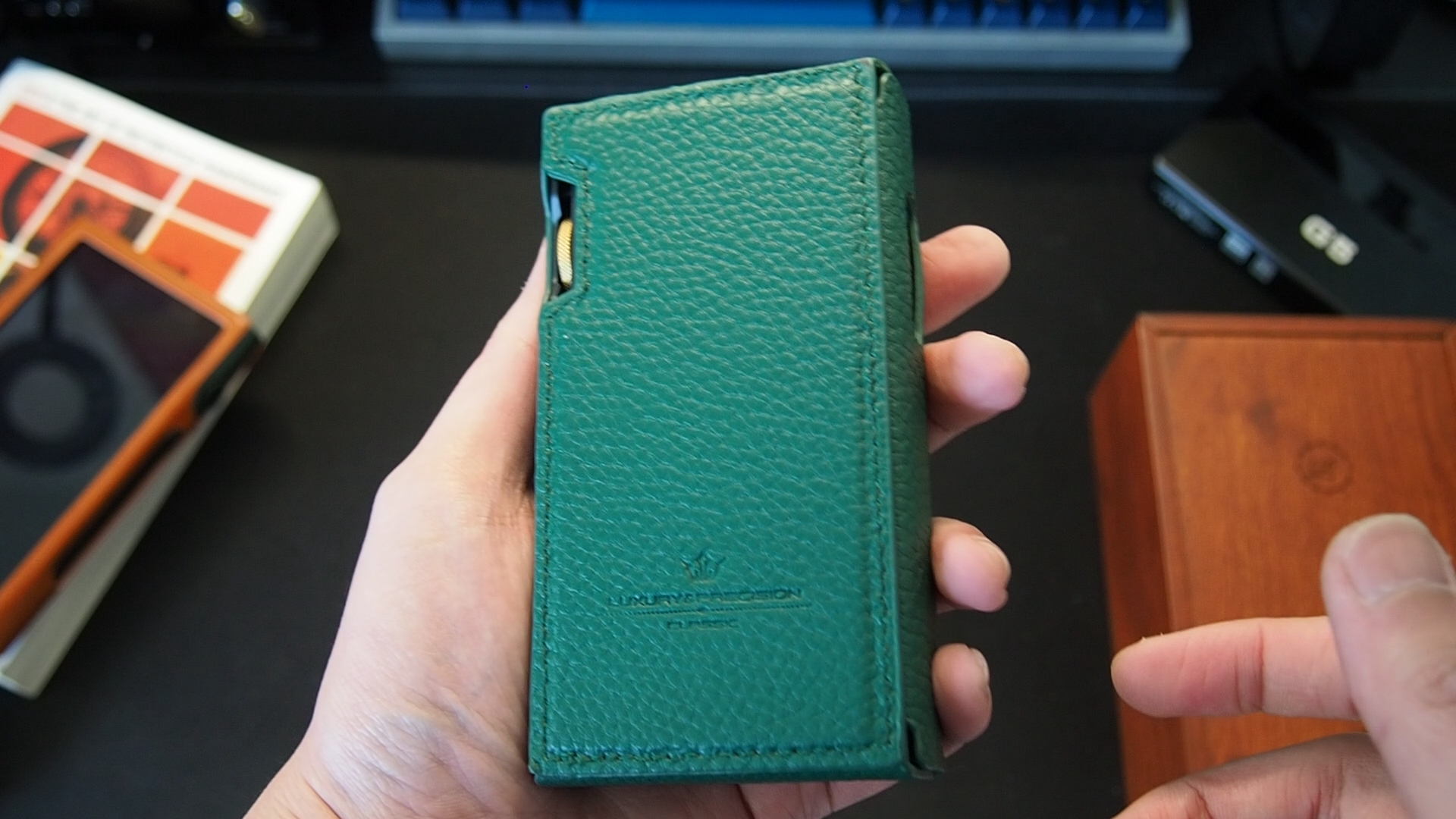
Before we move on, I do have a few bones to pick with P6 Pro about the software:
- This device does not work with multi-CD albums well unless the files are named in a sortable way, such as “1-1-track” for CD1 and “2-1-track” for CD2. Meanwhile, FiiO’s music app and HiBy player on my Hidizs AP80 Pro X can correctly recognise and order the tracks.
- I cannot find any option to sort tracks by name when I browse and play music from folders. So, for example, when I try to listen to CD1 of an album, all tracks in the CD1 are played randomly rather than following the numerical order in the file names.
- Speaking of classical, the most significant issue of P6 Pro is that this player does NOT have gapless playback. There is always a 3-second gap with an audible pop between tracks. This flaw is a dealbreaker if you listen to classical recordings such as Goldberg Variations.
Sound Performance
Overview: Let’s cut to the chase. P6 Pro sounds very very good. What surprises me is how P6 Pro elevates the technical performance of my IEMs (staging, clarity, detail retrieval, dynamic) to a new level without making them bright or edgy. The difference was so pronounced that it forced me to reconsider my entire setup.
Perceived Tonality: When I heard that P6 Pro has a discrete R2R DAC, I immediately expected a warm and dark sound signature that can be pleasing or “musical” with some IEMs, and not much so with others. The tonality of P6 Pro confirms and challenges that expectation at the same time.
Let’s start with the treble. P6 Pro does reduce energy in this region to soften the attacks of musical notes, creating that R2R “smooth” tonality. The softening of treble is immediately noticeable when switching over from source with delta-sigma DAC, even a smooth and warm one like Shanling M6 Ultra. At the same time, P6 Pro is not as smooth and dark as HiBy RS6, another R2R DAP.
The midrange tonality of the P6 Pro does not have the exaggerated warmth that I expect from an R2R device. All midrange instruments and vocals sound similar to the venerable Apple dongle: natural with a slight hint of warmth in the lower end. P6 Pro does not make the midrange thin to improve the perceived clarity like some DAC+amp dongles. At the same time, it does not have the exaggerated warmth and weight in the fundamental frequencies of vocals and instruments like HiBy RS6 either. I was also quite surprised to realise that the lower midrange of the P6 Pro is less “bulky” than my FiiO K7 with AKM AK4493 DAC chips.
To me, the bass of the P6 Pro is the brightest star of its performance. The best word to describe the bass response of the P6 Pro is “tight.” Bass notes have tack-sharp attacks with a clear jump in loudness. At the same time, P6 Pro does not sacrifice the decay and reverberation of bass notes in pursuing that snappy bass response. As a result, even IEMs with dull bass responses, like the Andromeda 2020, receive a boost in rhythm and dynamics.

Perceived Technical Performance: P6 Pro is very adept at revealing micro details of recordings in a natural way. This top-notch resolution is not for bragging (“I can hear chair shifting, but you can’t, I’m superior”). It is also not about hearing more instruments or vocals but about the nuances, textures, and details within them. The nuances and micro details create an incredible sense of realism, especially with classical recordings, making you feel like you are right there where the microphones are placed.
Another advantage of the P6 Pro is the soundstage depth. This DAP pushes the whole soundstage out and away from me more than any other source in my collection. It also has the uncanny ability to make the background layers of the soundstage sound distant, sometimes creating “holographic” stereo images even with IEMs generally not good with staging. For instance, when the choir comes in at 1:25 in the One-Winged Angel performance by the Danish National Symphony Orchestra, only P6 Pro can convincingly push the choir far to the background, outside my head stage. My other sources either put the choir on the same layer as the rest of the orchestra (worst) or slightly behind the orchestra without leaving the head stage.
Perceived dynamic is another advantage of P6 Pro. As mentioned in the bass response, P6 Pro is exceptional at conveying rapid jumps in loudness at the attacks of musical notes. It also does an excellent job reproducing ebbs and flows in the dynamic levels throughout a recording.
Comparisons and Ratings
Gears for A/B tests:
- Shanling M6 Ultra + Topping G5
- FiiO K7
- Apple USB-C to 3.5mm dongle
- Moondrop Blessing 2 (22ohm, 117dB/Vrms)
- Dunu SA6 MkII (24ohm, 114dB/Vrms)
- Campfire Audio Andromeda 2020 (8.7ohm, 122.5dB/mW)
- Final Audio E5000 (14ohm, 93dB/mW)
- TGXear Serratus (300ohm)
Playlist for A/B tests: IEGems Playlist Main test track: Battle Bar
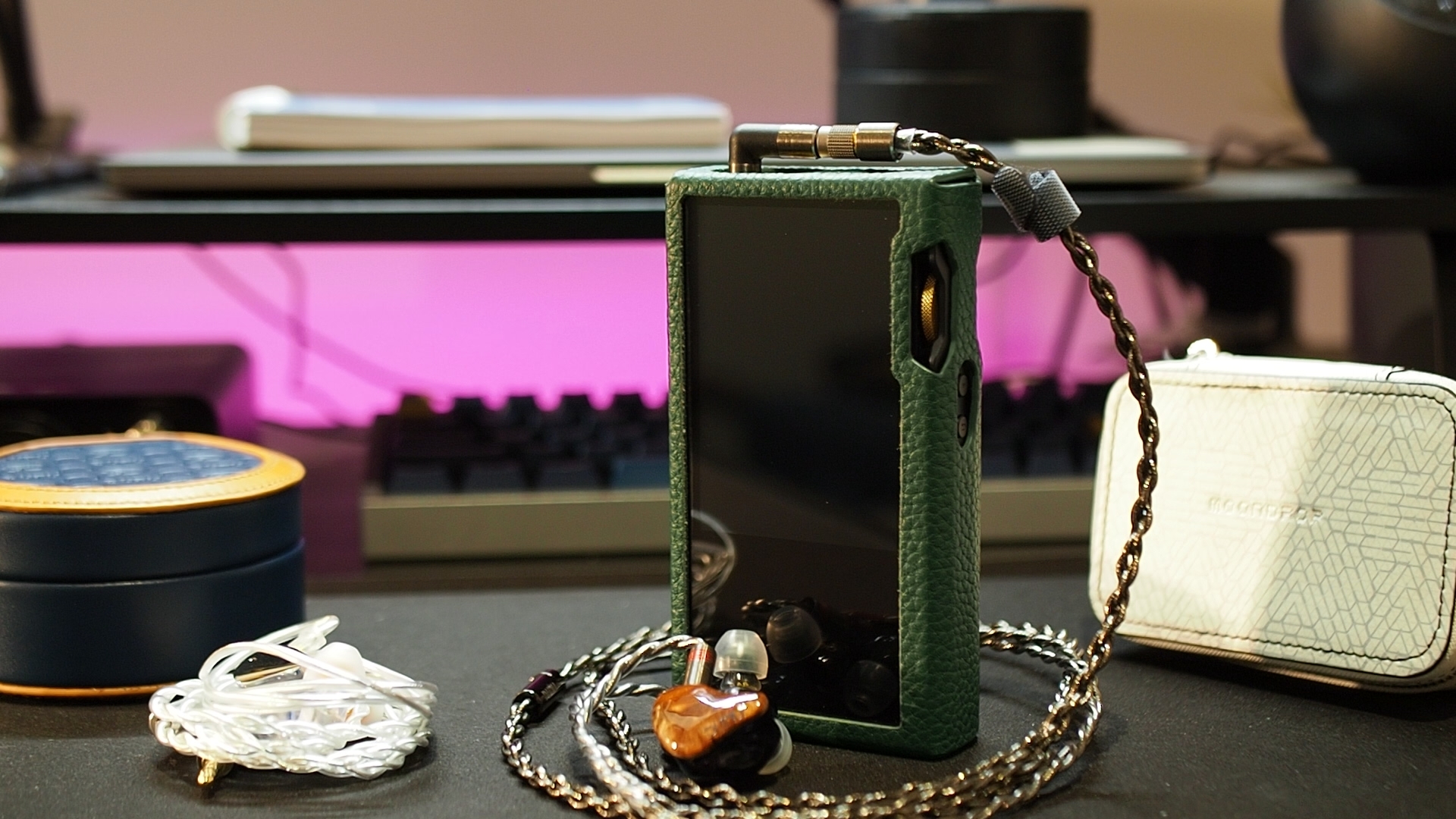
Average IEMs: Driving average IEMs like Dunu SA6II and Blessing 2 is the first test for any source reaching my review desk. These IEMs fall within the amplification sweet spot of the Apple dongle (around 42ohms, 104dB/mW) and tend not to improve significantly unless a source is exceptional. Both Blessing 2 and SA6II received a significant boost in soundstage imaging and bass quality from P6 Pro. In the test track Battle Bar, I can hear snappier bass attacks and stronger reverberation of the bass across the soundstage. The sense of layering and depth is also heightened, evidenced in the clear contrast between closer and further sounds when instruments jump around the soundstage. Most of the issues I have with the technical performance of Blessing 2 when paired with an Apple dongle are fixed by P6 Pro.
Compared to Shanling M6 Ultra, I hear a more expansive soundstage and significantly more snappy and impactful bass response with P6 Pro. The L&P DAP also provides more soundstage depth and clarity compared to the Topping G5. Only the combination of M6 Ultra’s DAC and G5’s amplifier can get close to the performance of P6 Pro. Yet, a gap in detail retrieval still exists between the M6U+G5 combo and P6 Pro. In conclusion, the sound quality of P6 Pro, when paired with average IEMs, is outstanding (5/5).
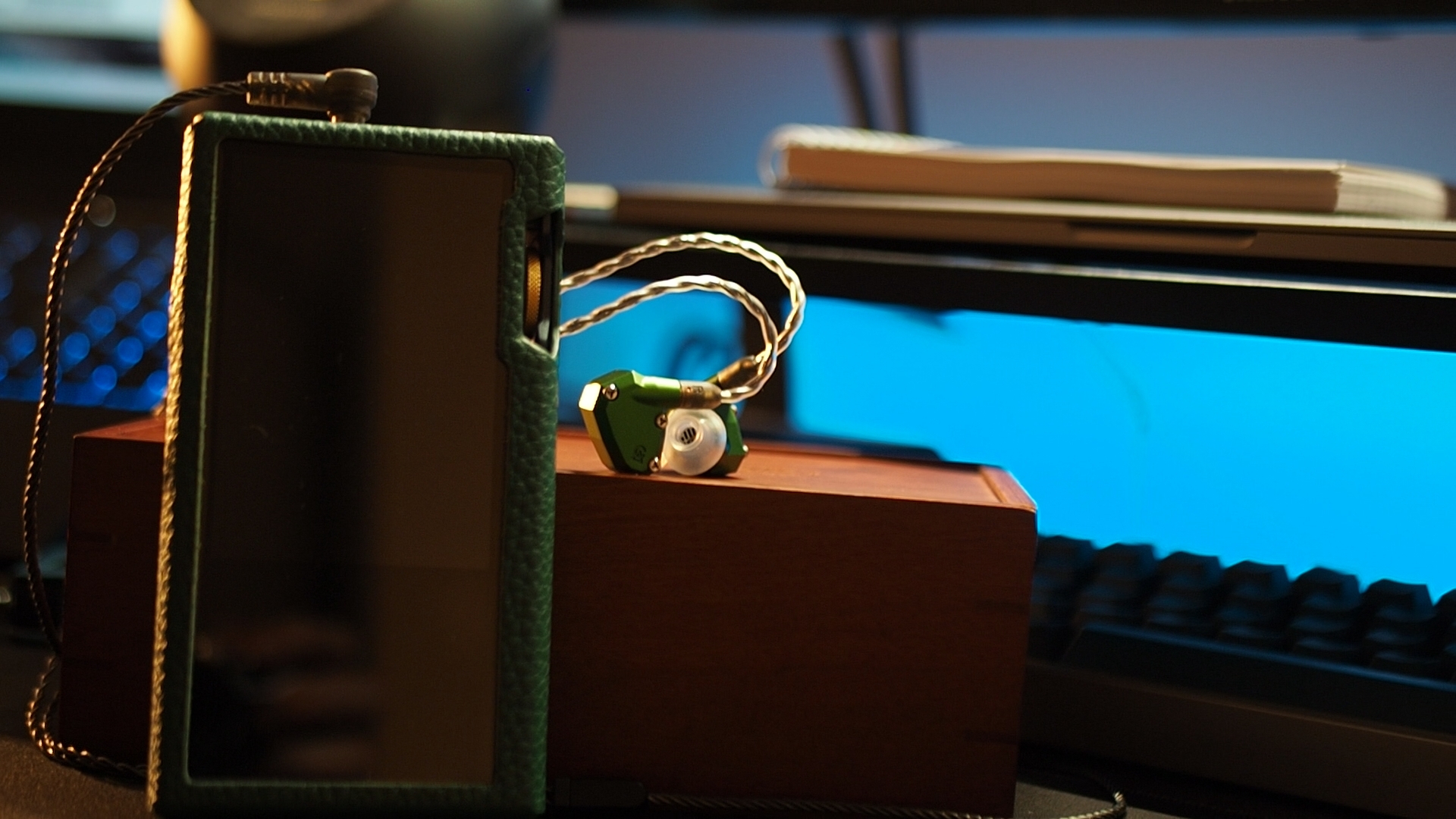
Low-impedance, high-sensitivity IEMs: The next test is with the hypersensitive and notoriously picky Campfire Audio Andromeda 2020. P6 Pro does an outstanding job again. I did not hear intrusive noises or hisses, even in quiet musical phrases. The punchy and dynamic presentation of the P6 Pro perfectly compensates for the lacking dynamic of Andromeda 2020. The soundstage imaging of Andromeda is also maximised with P6 Pro. The Andromeda sounds better with P6 Pro than any other combination, including the M6U+G5 combo. Outstanding (5/5)
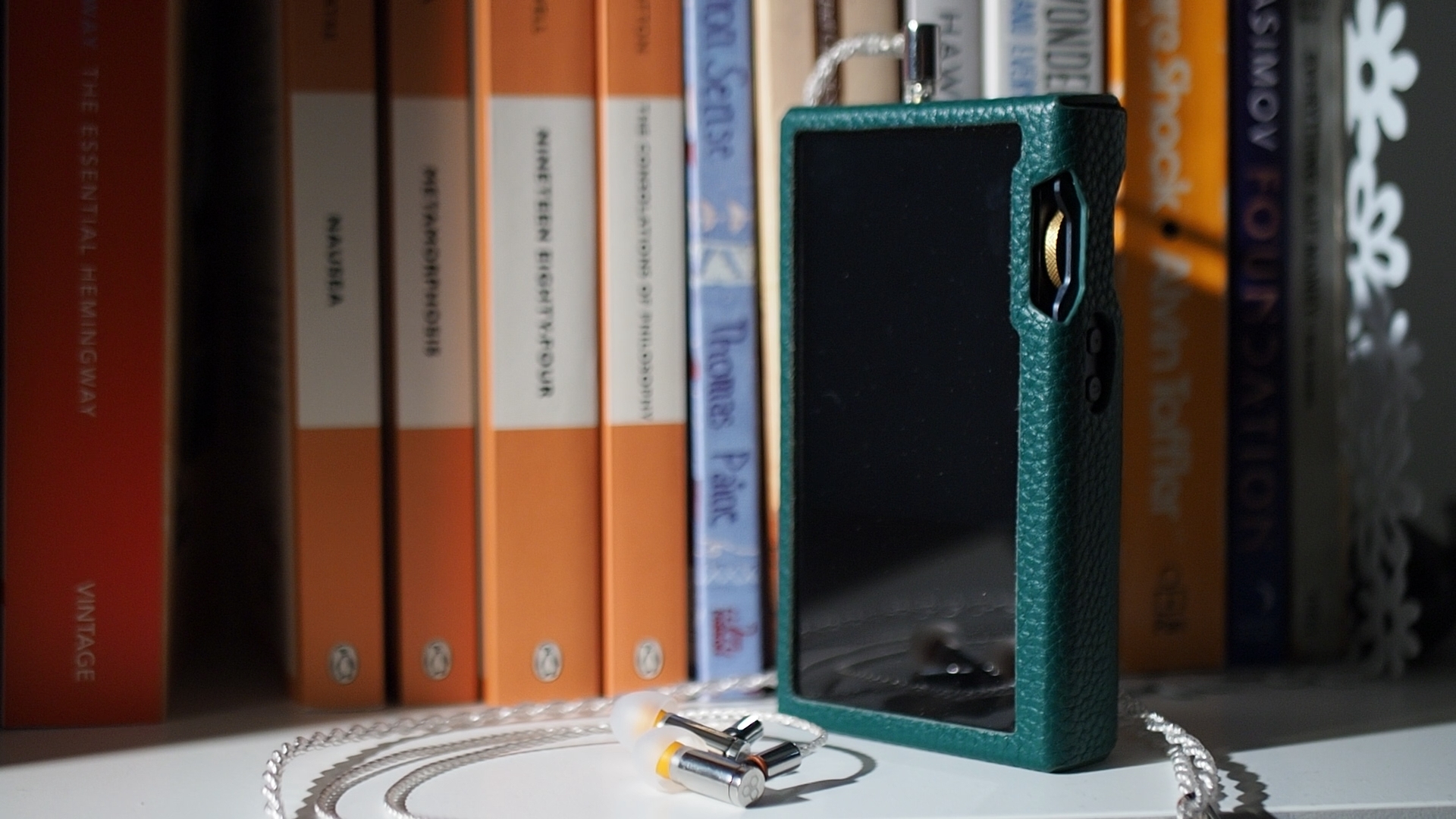
Low-impedance, low-sensitivity IEM: The next test is with the Final Audio E5000. Despite the petite appearance, Final Audio E5000 is one hell of an IEM to drive due to low impedance, low sensitivity, and significant bass boost. I needed to switch to high-gain mode and crank the volume on P6 Pro to reach a usable loudness. The L&P DAP, again, presents an outstanding performance, making E5000 sound spacious, clear, and snappy. The advantage of the amplifier in P6 Pro compared to M6U is clearly felt in this test. Outstanding (5/5)

High-impedance transducers (5/5) The final test is with Serratus,a pair of 300ohm flathead earbuds made by a fellow head-fi reviewer known as tgx78. P6 Pro brings noticeable and appreciable improvement compared to M6U and G5 in depth, layering, and detail retrieval. However, the most significant difference comes from the smoother treble response. The reduction in the “edginess” of the sound is unmissable. Again, outstanding (5/5)
Some discussions
Before we move on, let me put on the record that I believe any improvement in subjective listening experience has engineering causes rather than a mystical “magic touch” of the manufacturers. If measurements do not reflect subjective listening experiences, we might be using the wrong metrics to quantify that experience. At the same time, not knowing how such an experience can be created does not mean it is a “product of imagination.”
My current hypothesis is that P6 Pro’s “magic sauce” stems from a combination of a very capable amplification and the refined R2R DAC. To get somewhat close to P6 Pro’s sound, I need to pair the quad-AKM DAC of Shanling M6 Ultra with the clean and powerful NFCA amplification in Topping G5. I imagine an R2R DAP like HiBy RS2 combined with a portable amplifier like Topping NX7 can get closer to P6 Pro. Interestingly, I also have good experience pairing the Apple dongle with G5.
I still have a few questions. For instance, what exactly made the amplification of P6 Pro “powerful”? Or, to put it another way, what makes the M6U struggle to push the E5000 to the same level as P6 Pro? The max output power does not seem to be the answer, given that none of the IEMs demand near the max power of any of these amplifiers, even when we account for 120dB transient peaks.
Conclusion
Judging by sound quality alone, P6 Pro is, without a doubt, a top-of-the-line product. A janky combination of a DAP and a portable amplifier is necessary to get close to the sound quality that P6 Pro can achieve in an elegant and classy package. However, the software is subpar, lacking basic features like gapless playback. And then, the elephant in the room: the $3899 price tag.
Should you get a P6 Pro? That, I cannot say. Only you can decide whether that top-of-the-line sound quality is worth the ultra-high price tag and limited software.
Pros:
- Excellent design, build quality, and finishing
- Outstanding sound quality
Cons:
- No gapless playback
- Price
